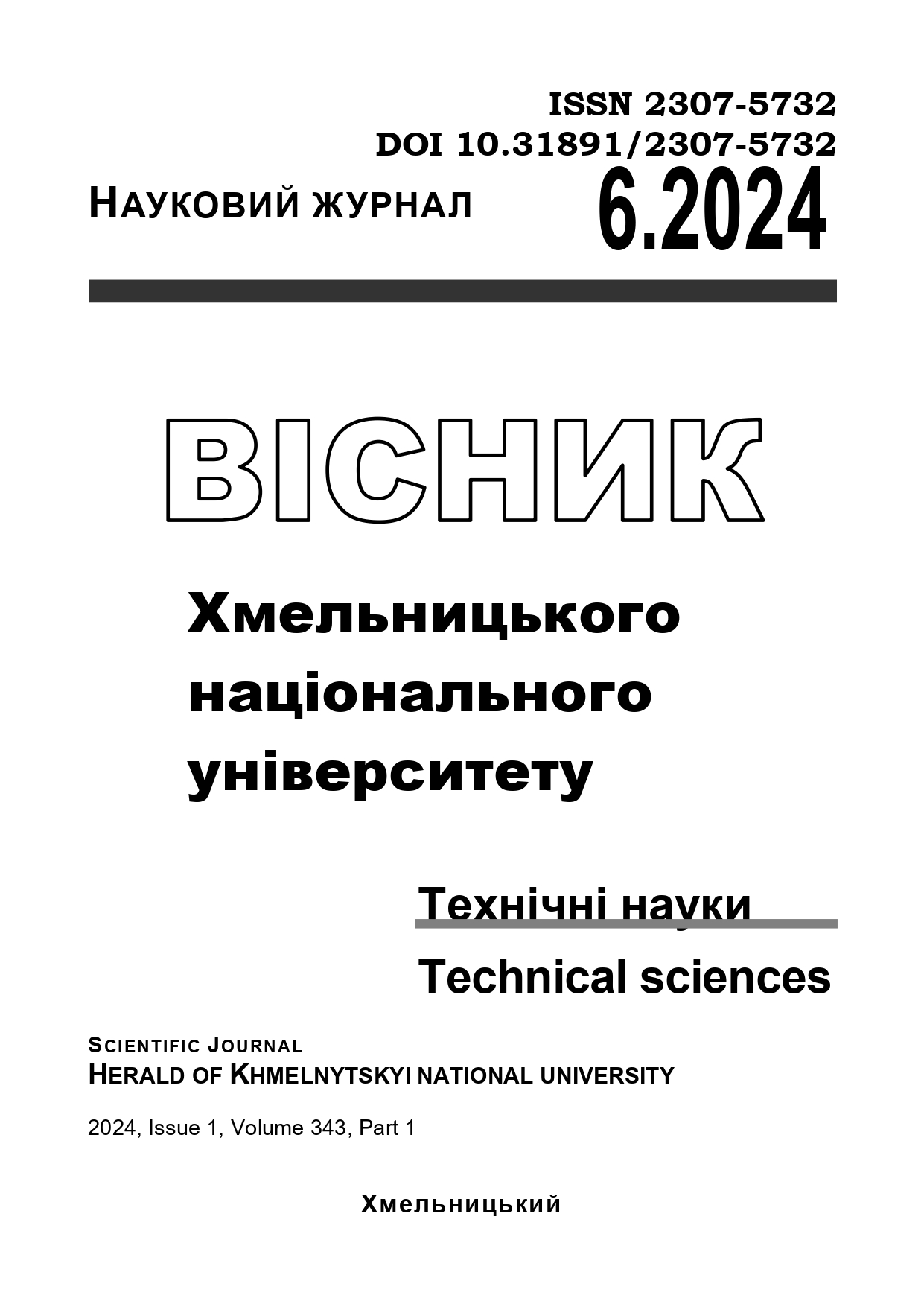BUILDING A MODEL OF THE SPREAD OF COVID-19 IN UKRAINE
DOI:
https://doi.org/10.31891/2307-5732-2024-343-6-8Keywords:
COVID-19, spread of infections, mathematical modelling, SEIR model, forecasting, epidemiological modelAbstract
This study aims to determine the dynamics of the spread of COVID-19 in Ukraine by building a mathematical model. The uniqueness of this work lies in the use of real data obtained from open official sources, such as the Ministry of Health of Ukraine and the World Health Organization. This data, which includes information on the daily number of new cases, was used to create a model of the spread of infection, which will help to better understand the development of the epidemic in the country.
Data were collected for the period from February 2020 to December 2021 for the analysis. The main task was to build a mathematical model based on real data and calculate the expected values of the number of new cases based on this model. In my work, I used the SEIR model, which allows you to model the development of the epidemic through four main stages: susceptibility, exposure, infection and recovery. After building the model, I performed calculations to predict the dynamics of infection in Ukraine.
As part of the study, a SEIR model was developed for the city of Kyiv, which takes into account the probabilities of transitions between states, calculated on the basis of real data. The simulation showed that the peak of infections is reached on approximately the 20th day, and the spread of viral infection stops on the 40th day of the simulation. The simulation results were compared with real data, which confirmed the accuracy of the model and its ability to reproduce real epidemic processes.
The analysis showed that the constructed model can be an effective tool for predicting the number of new COVID-19 cases, provided that accurate input data are available. Further research can focus on improving the model by integrating new data, taking into account additional factors, such as population vaccination, and adapting the model to the real conditions of Ukraine. This will allow developing effective response strategies, optimizing vaccination campaigns, and improving the management of healthcare resources.

